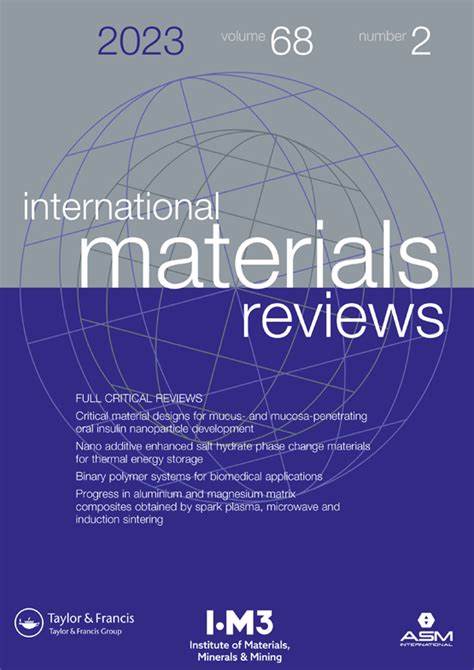Molten salt reactors and electrochemical reprocessing: synthesis and chemical durability of potential waste forms for metal and salt waste streams
IF 15.5
1区 材料科学
Q1 MATERIALS SCIENCE, MULTIDISCIPLINARY
引用次数: 10
Abstract
ABSTRACT The molten salt reactor (MSR) is one of the leading advanced nuclear reactor candidates to replace current nuclear reactor technologies in the U.S. Besides having more economical and reliable designs, MSRs are amenable to a closed fuel cycle, in which electrochemical reprocessing can be performed to recycle the used nuclear fuel. This review intends to provide information about potential waste forms for metal and salt waste streams from these salt-based nuclear processes. Metal waste streams arise from reactor components and structural materials. Salt waste streams are generated during reactor operations as fission products build up in salt-fuelled systems. Waste forms that have the highest waste loading and/or have shown the most commercial promise are discussed with an emphasis on the current state of efforts to understand the synthesis and chemical durability of metal and ceramic waste forms.熔盐反应器和电化学后处理:金属和盐废物流潜在废物形式的合成和化学耐久性
摘要熔盐堆(MSR)是取代美国现有核反应堆技术的领先先进核反应堆候选者之一。除了具有更经济可靠的设计外,MSR还适用于封闭燃料循环,在该循环中,可以进行电化学再处理以回收用过的核燃料。本综述旨在提供有关这些基于盐的核工艺产生的金属和盐废物流的潜在废物形式的信息。金属废物流来自反应器部件和结构材料。盐废物流是在反应堆运行期间产生的,因为裂变产物在盐燃料系统中积累。讨论了具有最高废物装载量和/或显示出最具商业前景的废物形态,重点是了解金属和陶瓷废物形态的合成和化学耐久性的现状。
本文章由计算机程序翻译,如有差异,请以英文原文为准。
求助全文
约1分钟内获得全文
求助全文
来源期刊

International Materials Reviews
工程技术-材料科学:综合
CiteScore
28.50
自引率
0.00%
发文量
21
审稿时长
6 months
期刊介绍:
International Materials Reviews (IMR) is a comprehensive publication that provides in-depth coverage of the current state and advancements in various materials technologies. With contributions from internationally respected experts, IMR offers a thorough analysis of the subject matter. It undergoes rigorous evaluation by committees in the United States and United Kingdom for ensuring the highest quality of content.
Published by Sage on behalf of ASM International and the Institute of Materials, Minerals and Mining (UK), IMR is a valuable resource for professionals in the field. It is available online through Sage's platform, facilitating convenient access to its wealth of information.
Jointly produced by ASM International and the Institute of Materials, Minerals and Mining (UK), IMR focuses on technologies that impact industries dealing with metals, structural ceramics, composite materials, and electronic materials. Its coverage spans from practical applications to theoretical and practical aspects of material extraction, production, fabrication, properties, and behavior.
 求助内容:
求助内容: 应助结果提醒方式:
应助结果提醒方式:


